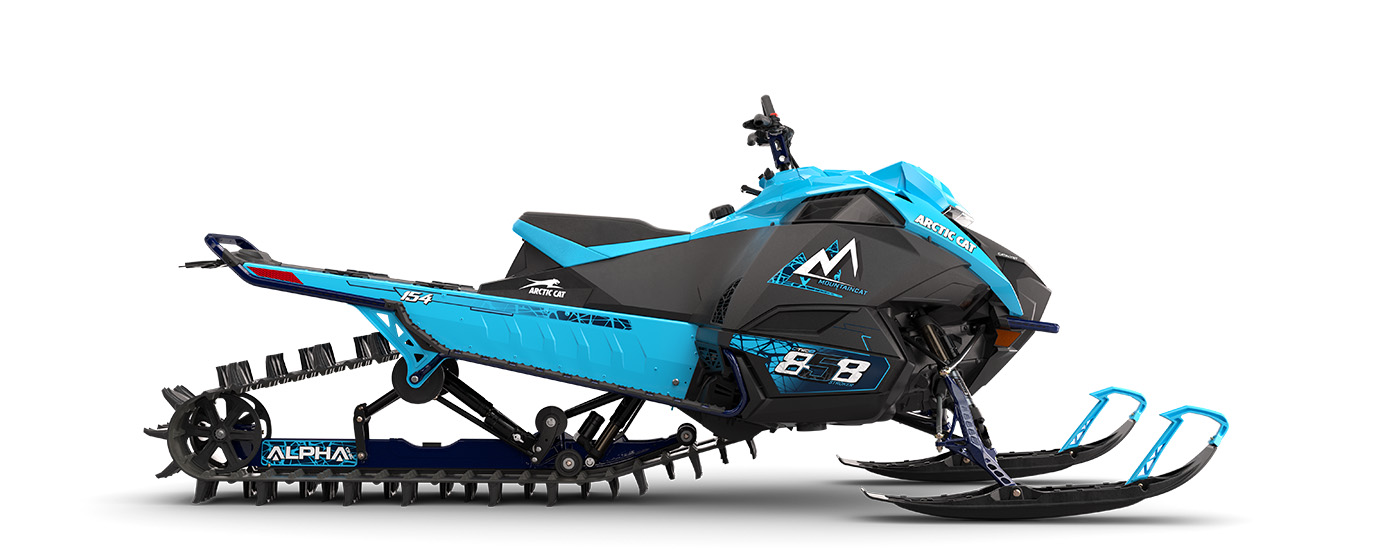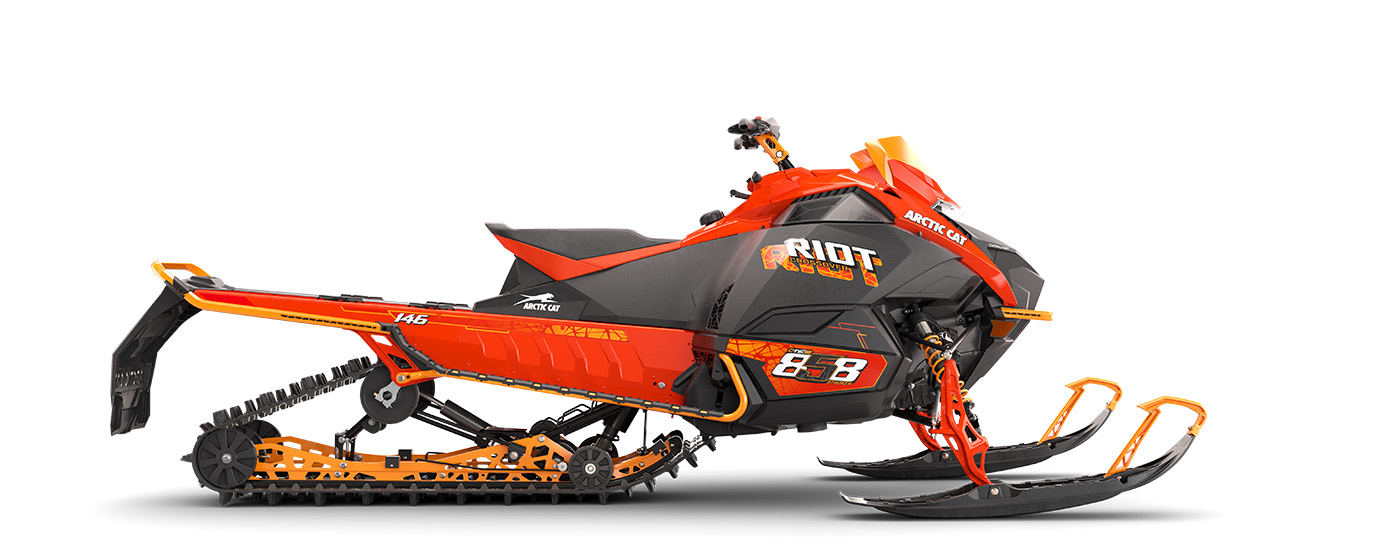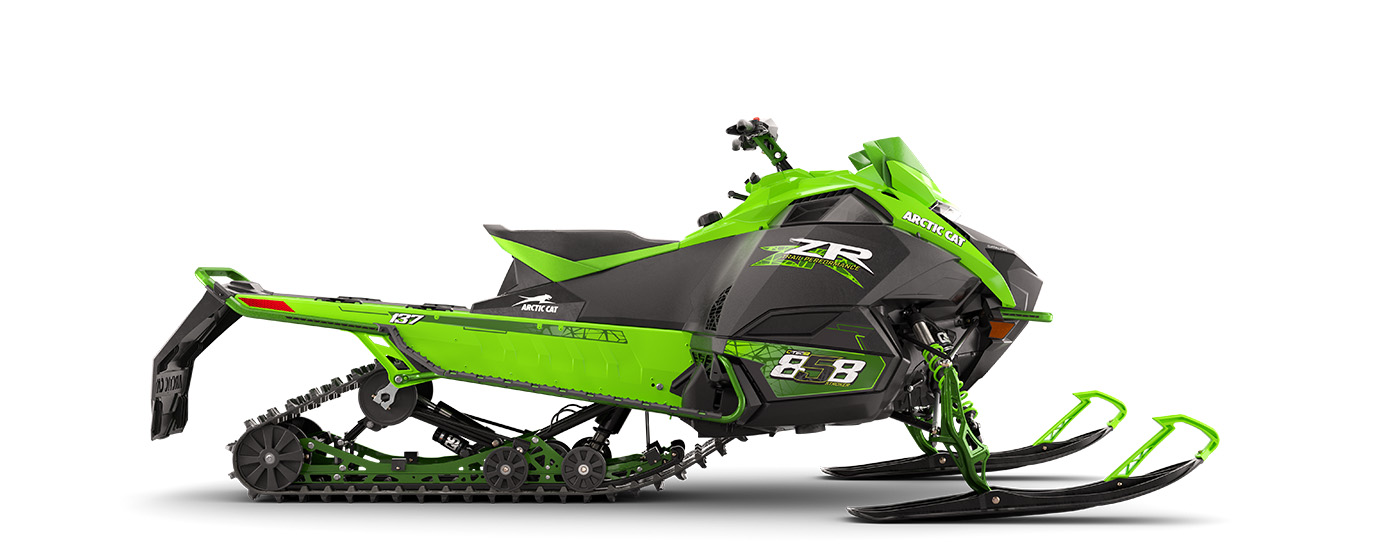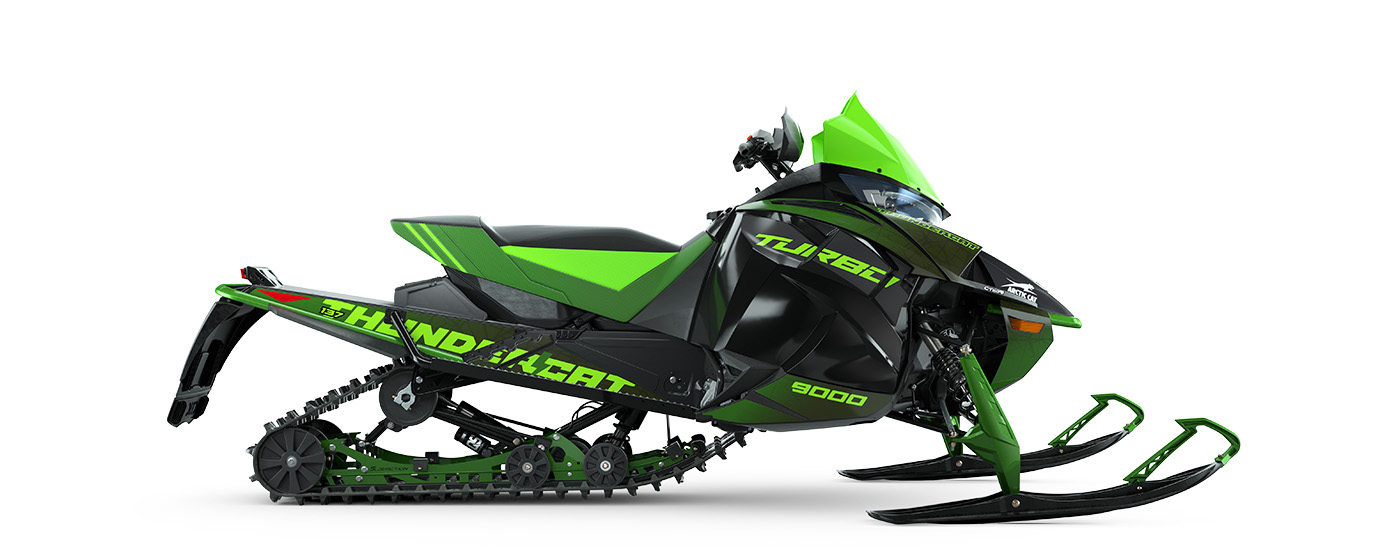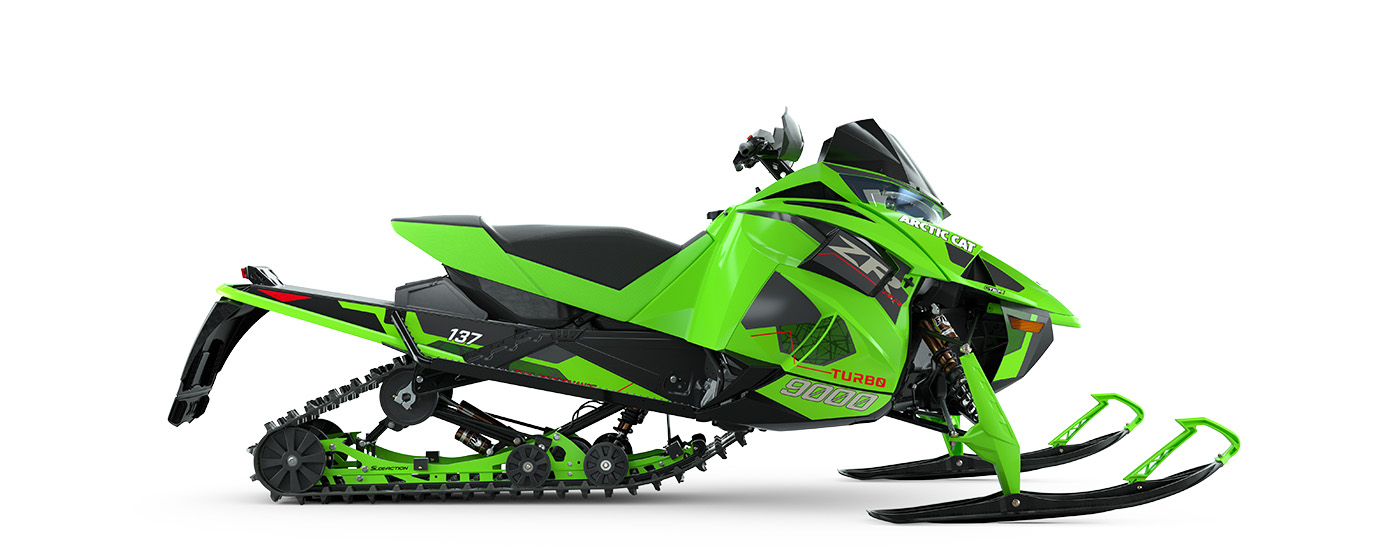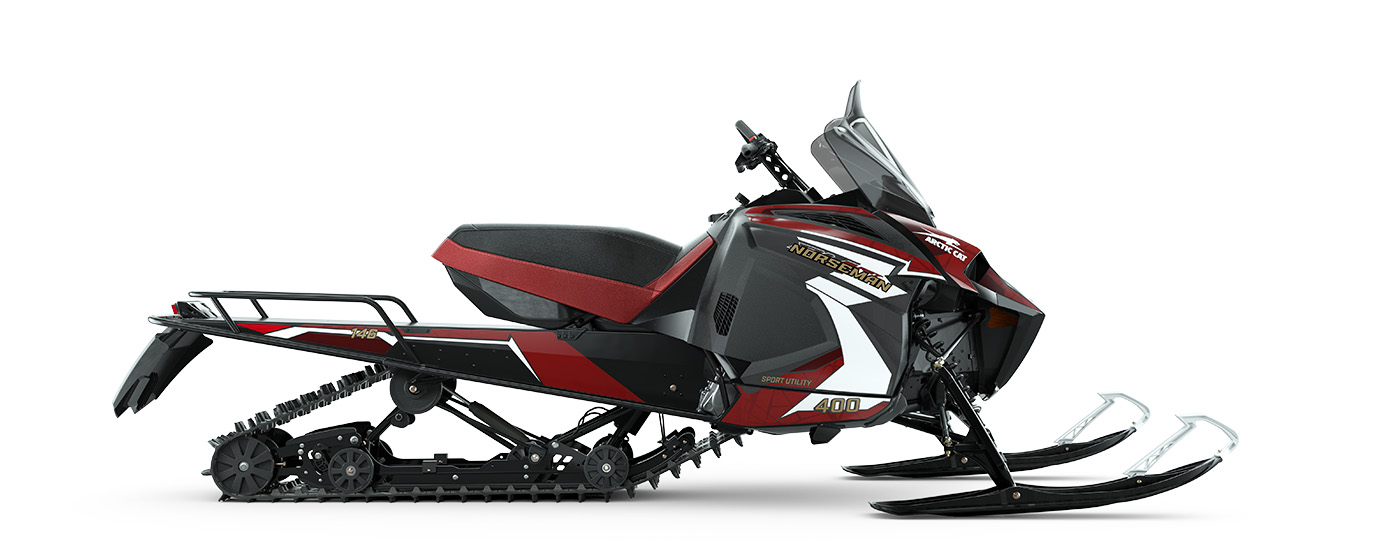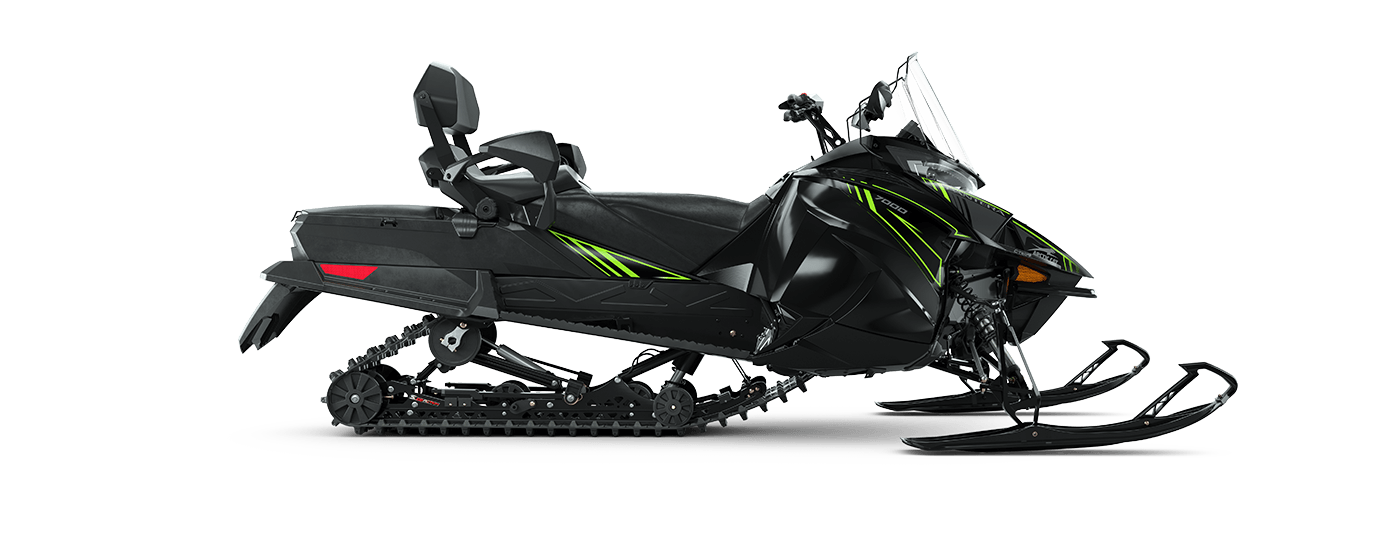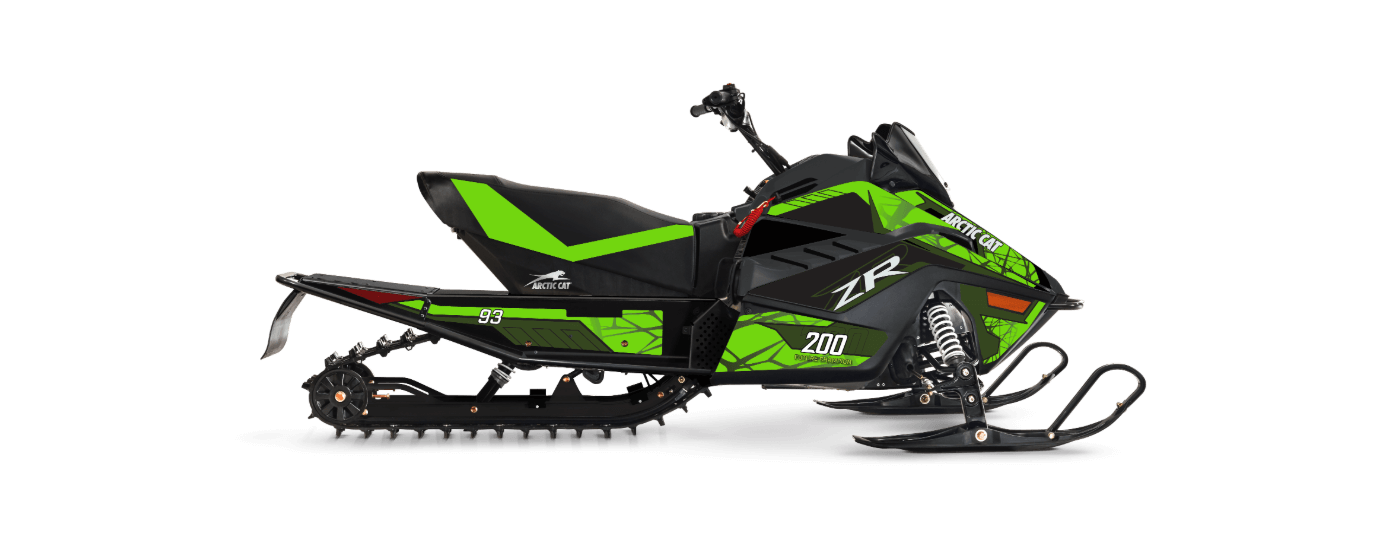For snowmobile World Champion and Arctic Cat rider, David McClure, the passion for riding snowmobiles began when he was a little boy.
He learned the ropes from his grandfather who used a snowmobile, not for fun, but as transportation during the rough Idaho winters. Twenty-five years later, Dave is teaching his own son, eight-year-old Logan, how to feel the thrill of backcountry snowmobiling. Like many riders, snowmobiling has become a major part of his identity. Obviously, at Arctic Cat we are extremely supportive of this seriously fun hobby.
According to the International Snowmobile Manufacturers Association (ISMA), in the U.S. alone, there are over 1.1 million registered snowmobiles. People ride these snowmobiles for both transportation and pleasure, but many do not know how basic precautions to keep snowmobiling both fun and safe. Dave talked to us about something that has kept him and his family riding for years and hopefully years to come; taking proper safety measures when they get on snowmobiles.
Non-Negotiable Safety Features: Trail and Backcountry Snowmobiling
Even as a professional rider who has trained his whole life, competed all over the world, and made difficult maneuvers look easy, safety is always extremely important for Dave. He talked to us about some safety features that are non-negotiable for being prepared to ride on both trails and in the backcountry. Be sure to have:
- Warm and protective base layers
- Wind and waterproof outer layer, such as a snowmobile jacket
- Chest protector
- Knee pads
- Snowmobile helmet
- Goggles
- First Aid kit
Backcountry Riding Specific Necessities
- Avalanche beacon
- Shovel
- Probe
- Avalanche backpack
- Two-way communication Radio
When it comes to clothing, be sure to wear base layers that are not made of cotton, so the sweat can evaporate quickly. Dave says, “Wear a waterproof outer layer that is also breathable, as well as a non-cotton undershirt because cotton takes a long time to dry.” Along with wearing the right clothing, riding the right-sized snowmobile is key for staying safe, especially for children, who also need close adult supervision if they’re under 16.
For more information on the importance of having the right gear, visit Avtraining.org (American Institute for Avalanche Research and Education). Explore our awesome variety of snowmobile gear on our website or visit your local dealer to be ready for your next outdoor adventure.
Be Aware of your Surroundings
“I’ve learned over the years that Mother Nature is cruel at times, so you must be aware of your surroundings,” Dave says.
When trail and backcountry riding, he says, make sure you are looking as far ahead of you as possible and keeping enough distance from you and the person in front of you. If you are snowmobiling with a group, make a plan for the day. Keep an eye out for where your group is during the ride and agree beforehand on a specific riding area to stay within, so no one gets lost or out of touch. Another thing to watch out for is snow dust coming from the snowmobile in front of you. It can cloud up and limit your visibility, which can get dangerous fast.
The Small Things Matter, Every Single Time
For riders of all levels, Dave stresses the importance of checking to make sure your beacon is turned on and working properly every single time you hit the backcountry.
“Checking your beacon is something that needs to be done on every backcountry ride and not be taken lightly. Also, discuss the avalanche conditions and the plan for the day. You’re discerning between risk versus reward and the consequences of letting safety go to the wayside can be serious.”
Go to Avalanche.org to check the daily avalanche conditions in your area before going out on your Arctic Cat Snowmobile. If the risk of an avalanche is elevated, it might be a good idea to reschedule your ride.
Safety Training: Give your Best to your Crew and the Mountain
“After being involved with four different avalanche recoveries, you would think I know a lot about avalanches, like how to prevent them and recover a person,” Dave says, “but my eyes were opened to how much I didn’t know when I took the Level I Area Avalanche Training Course.”
After taking the course, Dave vowed to not take his kids backcountry riding on the mountain until they’ve taken the course as well. We highly recommend taking an avalanche safety course to best prepare you and help others riding with you to conquer the terrains.
It’s easy to be blinded by the thrill and fun of hitting the snow on Arctic Cat snowmobiles, but taking the extra time to be fully prepared to ride can sometimes mean the difference between life and death. Take it from Dave, a pro who lives and breathes safe (and fun!) snowmobiling.
Stay safe and raise hell.

